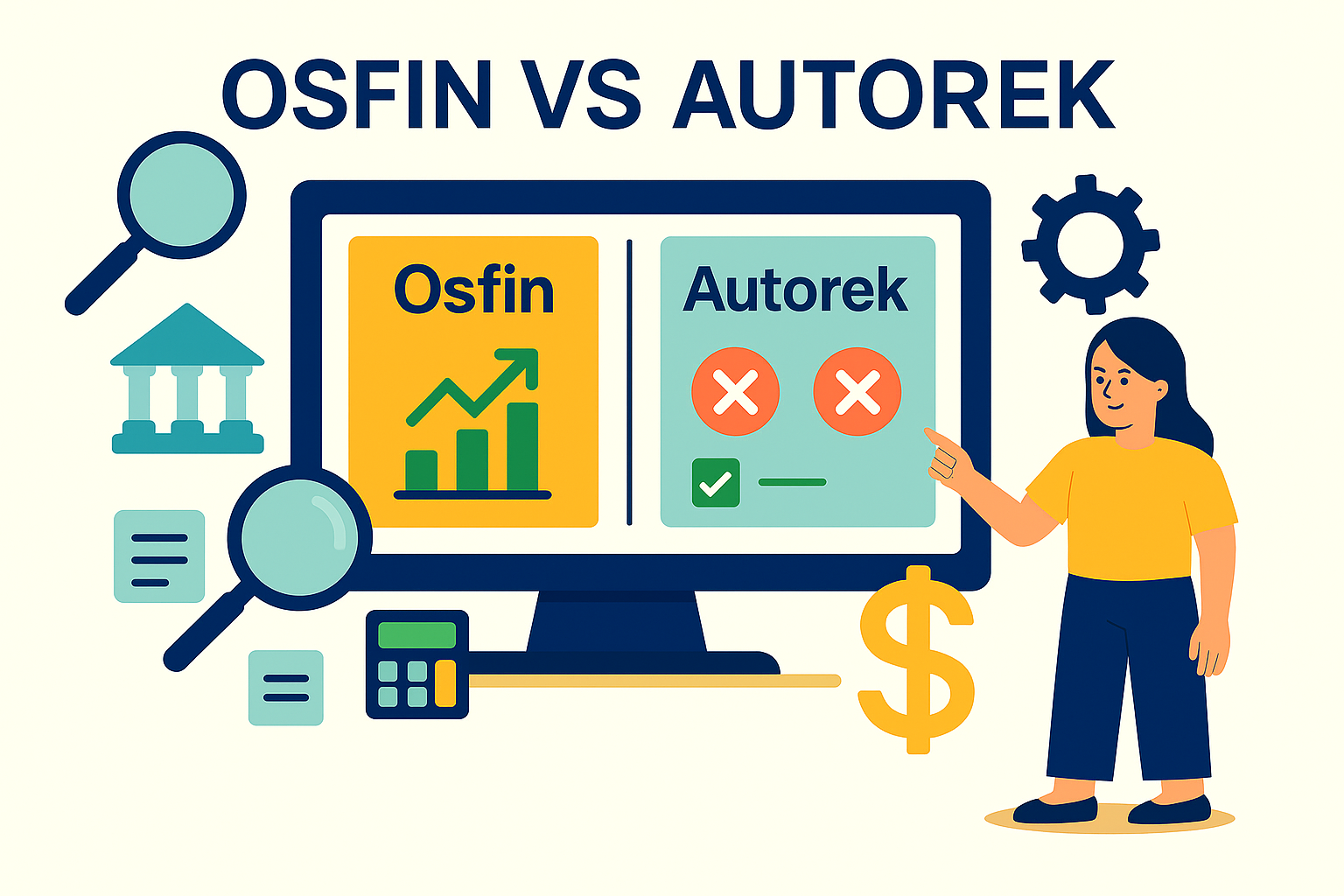Protect Your Business from Late Payment Risk with AR Automation
The World Bank estimates that over $40 billion is lost annually due to late payments, making this a major problem for businesses around the world. The challenge of dealing with late payments is compounded by difficult economic conditions.
When the US toy retailer Toys "R" Us filed for bankruptcy in 2017, it owed more than $200 million dollars to suppliers. Many of these suppliers were small businesses that were forced to write off their losses or go bankrupt themselves. Some suppliers reported that they had been paid late for years before the bankruptcy, with invoices taking up to six months to be settled.
According to a report by MarketsandMarkets, the global account receivables automation market is expected to reach USD 6.5 billion by 2027, growing at a CAGR of 14.2% during the forecast period.
All the data we presented above indicates the growing need for AR automation solutions across various industries. In today’s blog, we will discuss what account receivables are, why there is a need for automation, and how we can help you with Account Receivables management.
What are Account Receivables?
A company has account receivables when its clients or customers haven't paid for goods or services they received. They are classified as current assets on a company's balance sheet, representing funds that are expected to be received within a relatively short period, typically 30 to 90 days.
Account receivables usually originate from sales made on a credit or other types of financing extended to customers, such as loans. They are typically recorded as a debit entry to Account receivables and a credit entry to revenue or sales when the sale is made. These amounts are subsequently recognized as cash when the customer pays the outstanding balance.
The management of account receivables is crucial to your business, as it directly impacts your cash flow and overall profitability. Effective management involves ensuring prompt and efficient collection of payments from customers to maintain healthy cash flow and prevent losses due to bad debt.
Pitfalls in Current Scheme of Things
The conventional approach to managing account receivables typically involves manual processes, such as generating invoices, tracking payments, and reconciling accounts. However, these methods are often time-consuming and susceptible to errors, resulting in payment delays and disputes. Some other common pitfalls of the current system are discussed below:
Manual Processes
Many businesses continue to rely on manual processes for managing Account receivables, which involve printing and mailing invoices, processing checks, and entering data into spreadsheets. These processes are time-consuming and prone to errors, leading to delayed payments and decreased cash flow.
Lack of Visibility
Manual processes can also lead to a lack of visibility into the status of account receivables, making it difficult to identify and address issues in a timely manner. Without a clear view of outstanding invoices and payments, businesses may struggle to manage their cash flow effectively.
Inefficient Communication
The current system of account receivables management can also lead to inefficient communication between the business and its customers. For example, customers may not receive invoices in a timely manner or may not have an easy way to pay their bills online. This can lead to delayed payments and decreased customer satisfaction.
High Transaction Costs
Current system can also result in high transaction costs for businesses, such as printing and mailing invoices, processing checks, and reconciling payments. These costs can add up quickly, especially for businesses with a large volume of transactions.
Increased Risk if Fraud
Manual processes can also increase the risk of fraud, such as fraudulent invoices or unauthorised access to customer information. Businesses may not have adequate controls in place to prevent or detect fraudulent activity, leading to financial losses and damage to their reputation.
Difficulty in Scaling
As a business grows, the manual processes of Account receivables management can become even more difficult to manage and scale, leading to decreased efficiency and increased errors. Without an automated system in place, businesses may struggle to keep up with the increasing volume of transactions and may experience delays in processing payments.
Why Automate Account Receivables Management?
Account Receivables (AR) management can be a daunting task for businesses as it involves a plethora of time-consuming and intricate procedures that can burden the resources of an organisation.
However, automating the AR management process can significantly help businesses streamline operations, minimise errors, and conserve time and resources. AR automation can help businesses in various other ways, let’s discuss them below:
Increased Efficiency
By automating the process, businesses can generate invoices, track payments, and send reminders to customers automatically, without the need for manual intervention. This can save businesses valuable time and resources, allowing them to focus on decision-making aspects of their operations.
Improved Cash Flow
By automating AR management, businesses can enhance their cash flow by speeding up payment collection. Automated reminders ensure that payments are received on time, which helps maintain a consistent cash flow for businesses.
Reduced Errors
With manual AR management, errors can occur, leading to delayed payments and disruption of cash flow. But since AR automation can eliminate the need for manual data entry and reduce the risk of errors, it improves the efficiency and accuracy of the process.
Conclusion
As businesses strive to maintain a competitive edge in today's fast-paced environment, the importance of AR automation cannot be overstated. By automating AR operations, businesses can reduce administrative costs, improve payment accuracy, and enhance cash flow management. With the increasing complexity of payment systems, the necessity of automation has become more apparent than ever. By adopting AR automation solutions, businesses can streamline their operations, improve payment tracking & management, and gain real-time visibility into payment activities.
To summarise, AR automation is a crucial investment for any organisation looking to improve its financial management and stay ahead of the competition, and one such platform that can help automate your end-to-end AR processes and consequently prevent financial close delays is Osfin.
Osfin simplifies the AR process for businesses by automating tasks and making accurate payments. AI-powered document processing reduces manual effort by making accurate decisions from unstructured documents. It automatically extracts data from multiple sources, fetches actionable insights through its analysis and finally does reconciliation of the same to streamline accounting closure.


